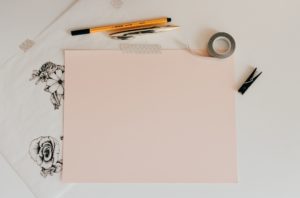
When you’re learning about art, it’s going to be a good idea to soak up as much knowledge as you can. Starting out as an artist should be exciting, but it can also be intimidating in certain ways. It’s a good idea to start out by learning the basics so that you’ll have a strong foundation that you can build off of. Keep reading to learn about the fundamentals of art that every artist should know.
An Understanding of Form
You might consider the concept of form to be very basic in the world of art, but it’s crucial to have a firm grasp of it. When an artist understands form properly, they’re able to see beyond the canvas, paper, or screen. Your goal is to create realistic things, and practicing how to form faces or other body parts is a good place to start. You can begin learning about form by getting better at producing shapes and then reconstructing those shapes as necessary.
An Understanding of Perspective
Perspective is another art concept that you want to understand. You’ve likely heard terms such as vanishing point and horizon line if you’ve been to a few art classes. You need to know how to draw things in the proper perspective so that everything makes sense. Otherwise, your creation won’t look right, and you’ll be left with less than stellar results.
An Understanding of Anatomy
If you don’t understand anatomy very well, then it’s going to be hard to produce convincing art. If you’re going to be drawing living creatures, then some knowledge of their anatomy will be very helpful. Try to learn about how the bones and muscles move in the creatures that you’re drawing. Knowing how joints work and which way appendages should bend will make it easier to create a drawing of a creature that seems accurate.
An Understanding of Composition
Composition is something that you should consider whenever you’re drawing or painting. You want to think about how all of the individual things that you’re drawing will come together to create a cohesive piece. There are different philosophies on composition in art such as the golden ratio, but it’s mostly important to understand that many things define composition. The size, angle, and perspective of various objects can have an impact on the overall composition of the piece.